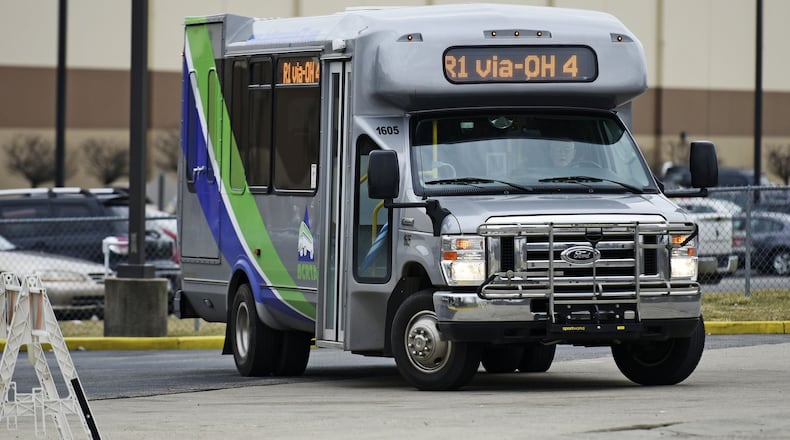“The Plan Hamilton team, which includes over 100 non-city committee members, really worked to make sure the plan covers the topics that are most important to the future of our community,” said Liz Hayden, Hamilton’s planning director.
She said they want to “put the plan into action.”
“The city and other stakeholders, like 17Strong, will be working to make progress on the topics in the plan, and the planning commission and city council will refer to the plan to guide decision making and to set priorities,” she said.
The open-house presentation is set for 5:30-7 p.m. Monday in the first-floor lobby of the Hamilton city building, 345 High St.
“Over the past year and a half, we have gathered about 4,200 pieces of citizen input through meetings, open houses, online surveys, and Facebook polls,” Hayden said. “Now that we have a final draft plan, we really want another robust round of community input to make sure that the Plan Hamilton team correctly incorporated the priorities of the community through the process.”
MORE: Region ready to embrace Great Miami River after long estrangement
For those who cannot attend Monday, boards showing the plan will remain up in the lobby until Jan. 7, and people can review them at any time, and provide feedback.
Some of the guiding principals include:
- Enhancing recreation on the Great Miami River;
- Working aggressively on business retention and expansion, partly by ensuring Hamilton is a business-friendly community;
- Promoting the creation of high-quality residential units in the urban core;
- Promoting infill development in the urban core and along the riverfront;
- Launching "development along the Great Miami River that is envisioned in the River Master Plan";
- Continuing to find opportunities to work with partners to achieve regional goals;
- Collaborating with Hamilton schools "on marketing our strong education system";
- Developing more programs and activities for residents, remembering that "tweens and teens are especially in need of activities";
- Promoting a high-level maintenance strategy for Hamilton's parks;
- Modernizing zoning ordinances;
- Improving neighborhood identity within Hamilton's 17 neighborhoods;
- Helping the development of music, culture and arts activities and events "that help create a sense of place";
- Prioritizing brownfield redevelopment, including at Champion Paper and the Mohawk Paper facility;
- Working with Butler County and Fairfield "on a coordinated strategy" for Ohio 4;
- Maintaining utility rates that are lower than the national average while competing locally;
- Removing obstacles to business development;
- Seeking ways to improve bus transportation, including services to get people to jobs within Butler County and beyond;
- Continuing to improve traffic flow on High and Main streets;
- Linking to the regional and state trail systems, including the Miami 2 Miami bicycle trail;
- Making Hamilton more walkable, including by requiring pedestrian amenities within new developments;
- Investing in road improvements in both residential and commercial areas;
- Expanding the system of signs to make it easier to find local amenities and attractions, as well as parking areas;
- "Revitalizing and re-imagining" business corridors in the city, including Central, Pleasant, Ohio 4, Grand Avenue, the West Side commercial area, German Village, and downtown/Main Street;
- Maximizing the potential of Joyce Park; and
- Working with organizations to make Hamilton "a healthier, safer, cleaner, and more economically vibrant community for all people."
About the Author
